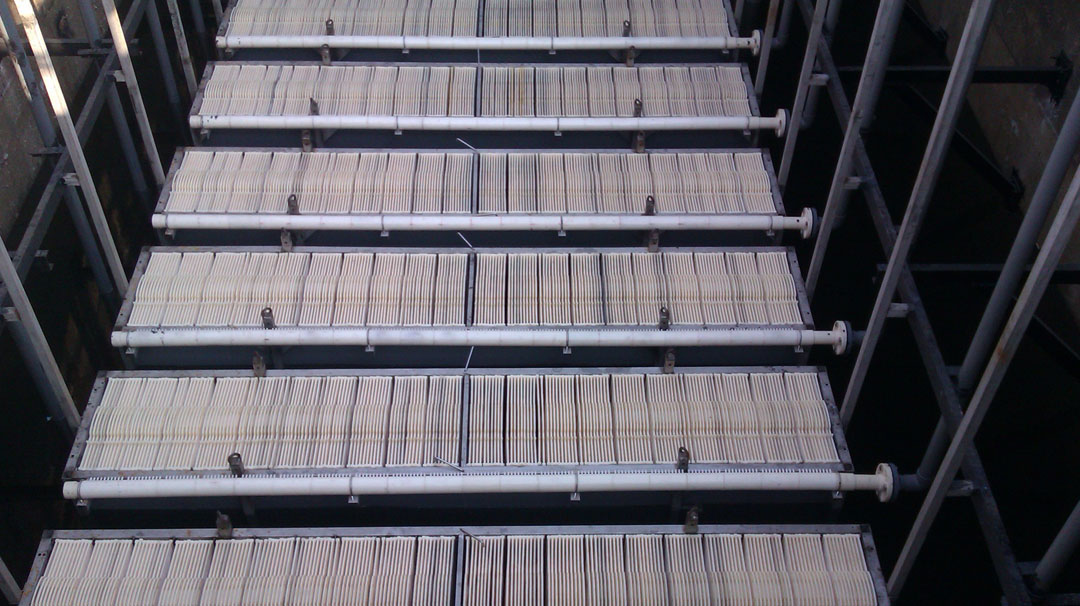
If you’re considering using a membrane bioreactor (MBR) for sewage treatment, you might be wondering about the challenges associated with this technology. In this blog post, we’ll explore some of the most common challenges of using MBRs for sewage treatment – and how to overcome them.
- One of the biggest challenges of using MBRs for sewage treatment is the high initial investment cost. MBR systems can be up to twice as expensive as conventional activated sludge systems. However, there are a few ways to offset the higher initial investment cost of an MBR system. One way is to take advantage of government incentives or rebates that may be available in your area. Another way is to compare the life cycle costs of an MBR system to that of a conventional activated sludge system. Over the long term, MBR systems are often more cost-effective than conventional systems due to their higher wastewater Treatment removal efficiencies and lower sludge production volumes.
- Another challenge of using MBRs for sewage Treatment is fouling of the membranes. Fouling occurs when deposits build up on the surface of the membranes, which can lead to a decrease in water flux and an increase in energy costs. There are a few ways to prevent or reduce fouling of membranes in an MBR system. One way is to control operational parameters such as mixed liquor suspended solids (MLSS) concentration, sludge age, and temperature. Another way is to install a pretreatment device such as a fine screen or grit chamber in front of the MBR tank to remove larger particles that could cause fouling.
3. A third challenge associated with using MBRs for sewage Treatment is Slime layer buildup on the membrane surface. Slime layers are composed of extracellular polymeric substances (EPS) secreted by microorganisms and can cause a decrease in water flux and an increase in energy costs. Slime layer buildup can be prevented or reduced by controlling operational parameters such as mixed liquor suspended solids (MLSS) concentration, sludge age, temperature, and aeration rate; by installing a pretreatment device such as a fine screen or grit chamber; or by using chemical cleaners such as chlorine or enzymes on a periodic basis.
While there are challenges associated with using membrane bioreactors for sewage treatment, there are also ways to overcome those challenges – often resulting in significant long-term cost savings over conventional treatment methods. If you have any questions about whether an MBR system is right for your wastewater Treatment needs, please don’t hesitate to contact us today. We’ll be happy to help you explore your options and find the perfect solution for your specific circumstances.
Abuot Jiangsu Peier membrane
Jiangsu Peier membrane corp.,Ltd(Stock Code: 836744) was established in 2007 with a registered capital of 48 million Yuan, referred to as “Peier membrane industry”.
It is a high-tech enterprise focusing on the R&D, production, manufacturing and service of MBR flat sheet membrane products. Its Peier Product category as below:
- Flat Sheet Membrane Element
- Flat Sheet Membrane Element-Single Nozzle
- Flat Sheet Membrane Element-Double Nozzle
- Flat Sheet Membrane Element-3D Soft Support
- Flat Sheet Membrane Element-Renovated Membrane
- Flat Sheet Membrane Module
- Flat Sheet Membrane Module-Module-Single Nozzle
- Flat Sheet Membrane Module-Module-Double Nozzle
- Flat Sheet Membrane Module-2S(Double Deck)
- Flat Sheet Membrane Module-3S(High Flux)
- Flat Sheet Membrane Module-Mini Module
- MBR System
- MBR System-Laboratory Test Equipment
- MBR System-Pilot Equipment
- MBR System-Package System
Peier membrane always adheres to R&D and cooperation with well-known universities at home and abroad, such as Tsinghua University, Sydney University, Nanjing University of technology, Changzhou University and Jiangnan University.
It is the editor in chief of the national industry standard HY/T252-2018 “submerged flat membrane element for water treatment”.
At present, it has 6 invention patents, 46 new utility patents, 1 appearance patent and 4 software works.



